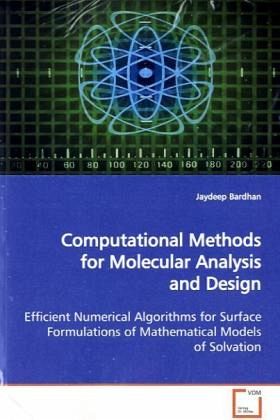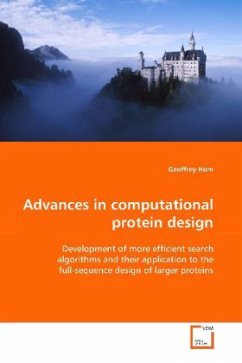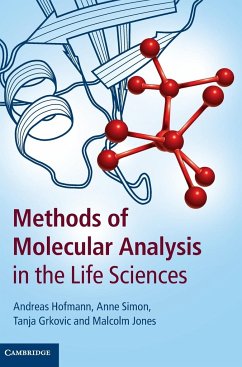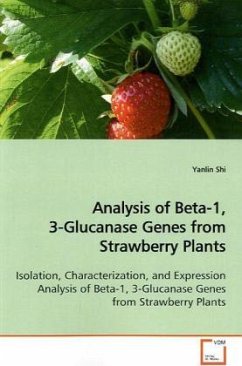
Computational Methods for Molecular Analysis and Design
Efficient Numerical Algorithms for Surface Formulations of Mathematical Models of Solvation
Versandkostenfrei!
Versandfertig in 6-10 Tagen
45,99 €
inkl. MwSt.

PAYBACK Punkte
23 °P sammeln!
The text presents a set of numerical techniques thatextend and improve computational modelingapproaches for biomolecule analysis and design. Thepresented research focuses on surfaceformulations of modeling problems related to theestimation of the energetic cost to transfer abiomolecule from the gas phase to aqueous solution.Four contributions to modeling biomolecularinteractions are presented. The first sectiondescribes an approach to allow accuratediscretization of the most prevalent definitions ofthe biomolecule solvent interface, and numericalmethods for numerically integrating possibly sin...
The text presents a set of numerical techniques that
extend and improve computational modeling
approaches for biomolecule analysis and design. The
presented research focuses on surface
formulations of modeling problems related to the
estimation of the energetic cost to transfer a
biomolecule from the gas phase to aqueous solution.
Four contributions to modeling biomolecular
interactions are presented. The first section
describes an approach to allow accurate
discretization of the most prevalent definitions of
the biomolecule solvent interface, and numerical
methods for numerically integrating possibly singular
functions over these discretizations. The second
section presents a fast multiscale numerical
algorithm, FFTSVD, that efficiently solves large
problems in biomolecule electrostatics. The third
part describes an integral-equation formulation and
boundary-element method implementation for
biomolecule electrostatic analysis. The final
section details an efficient numerical method for
calculating a biomolecular charge distribution that
minimizes the free energy of binding to another
molecule. This approach represents a novel
PDE-constrained optimization technique.
extend and improve computational modeling
approaches for biomolecule analysis and design. The
presented research focuses on surface
formulations of modeling problems related to the
estimation of the energetic cost to transfer a
biomolecule from the gas phase to aqueous solution.
Four contributions to modeling biomolecular
interactions are presented. The first section
describes an approach to allow accurate
discretization of the most prevalent definitions of
the biomolecule solvent interface, and numerical
methods for numerically integrating possibly singular
functions over these discretizations. The second
section presents a fast multiscale numerical
algorithm, FFTSVD, that efficiently solves large
problems in biomolecule electrostatics. The third
part describes an integral-equation formulation and
boundary-element method implementation for
biomolecule electrostatic analysis. The final
section details an efficient numerical method for
calculating a biomolecular charge distribution that
minimizes the free energy of binding to another
molecule. This approach represents a novel
PDE-constrained optimization technique.












